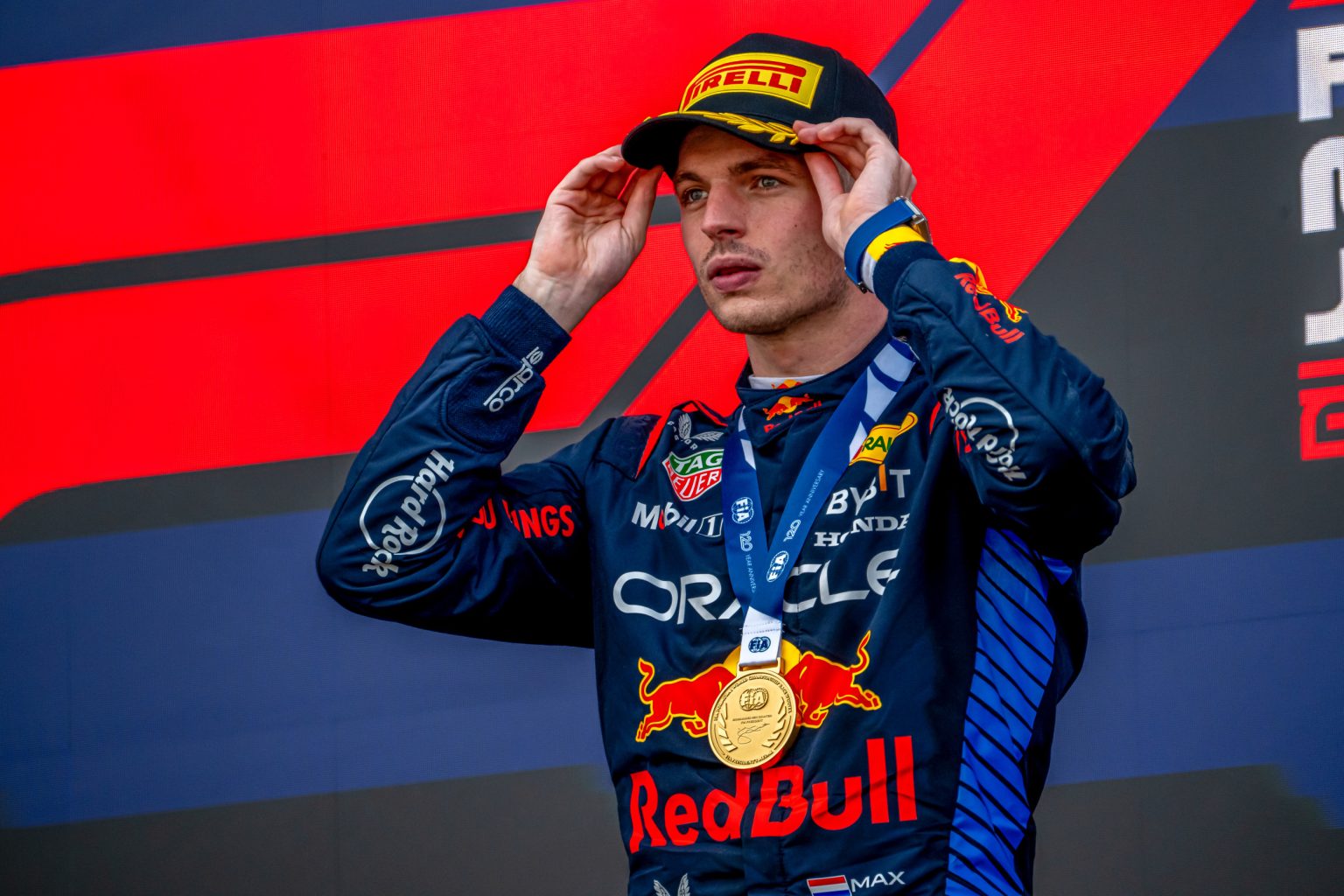As Formula 1 prepares for the 2026 season, the sport faces a pivotal moment in terms of regulatory changes, particularly regarding active aerodynamic systems. These modifications aim to transform the current cars and enhance racing competitiveness, but not all stakeholders, such as Red Bull’s Max Verstappen, are convinced of their necessity or effectiveness. Verstappen has raised concerns about the proposed enhancements, advocating for simpler solutions to address weight issues and improve overtaking rather than relying on complex aerodynamic tools.
The revised regulations for the 2026 season are set to introduce lighter and more compact cars with a greater balance of internal combustion and electric power. These changes have already attracted new competitors, including luxury automaker Audi, indicating a growing interest in the industry. However, the chassis regulations, particularly those related to aerodynamics, are facing scrutiny and debate. The proposal includes an active aerodynamic system with a moveable rear wing, designed to adapt to different racing situations, but simulations have revealed potential risks such as increased spins on straights due to abrupt shifts in aerodynamic balance.
Verstappen has expressed reservations about the direction Formula 1 is taking with the integration of active aerodynamic systems, suggesting that the focus should be on addressing weight issues and improving overtaking in a more straightforward manner. He believes that the use of “tools and tricks” may be unnecessary and could complicate racing dynamics. Other drivers, such as Ferrari’s Carlos Sainz, have highlighted the connection between the proposed aerodynamic changes and the increased energy demands from the electric powertrain, asserting that active aerodynamics might be necessary to compensate for these requirements.
As the sport continues to evolve, the debate between technological advancement and traditional racing principles persists. With significant regulatory changes on the horizon, the opinions of top drivers like Verstappen and Sainz will play a crucial role in shaping the future of Formula 1. The balance between innovation and maintaining the essence of the sport remains a contentious issue, and as teams and regulators navigate these challenges, finding common ground and ensuring competitive racing will be key priorities. Ultimately, the 2026 season promises to bring about significant transformations in Formula 1, both in terms of the cars on the track and the ongoing debate surrounding the integration of active aerodynamic systems.


